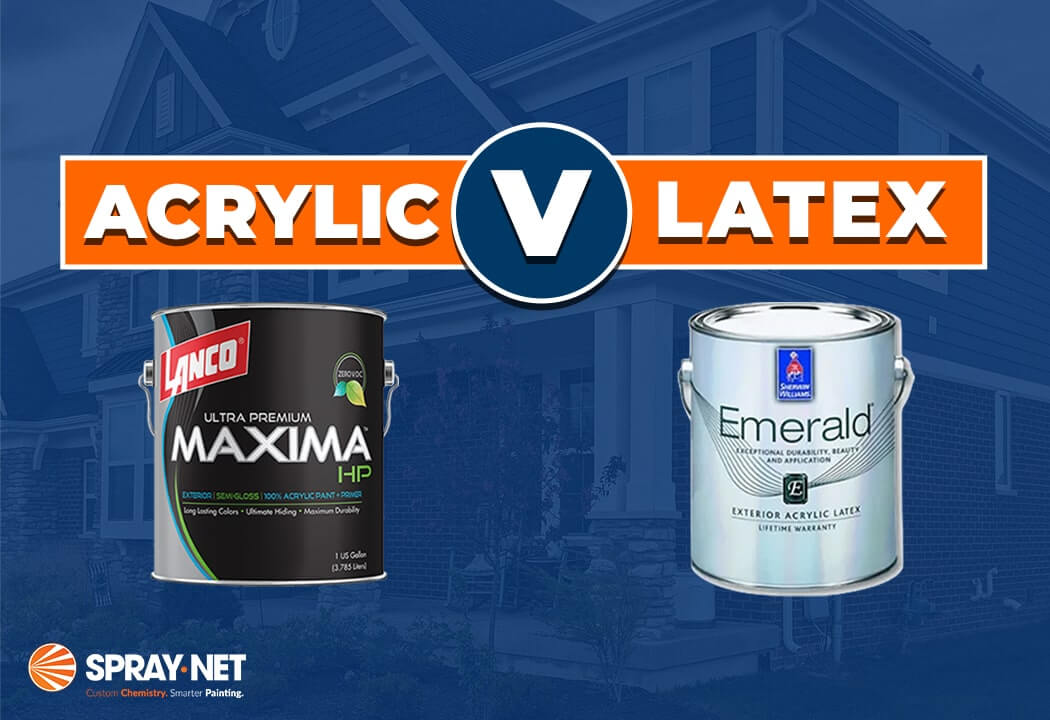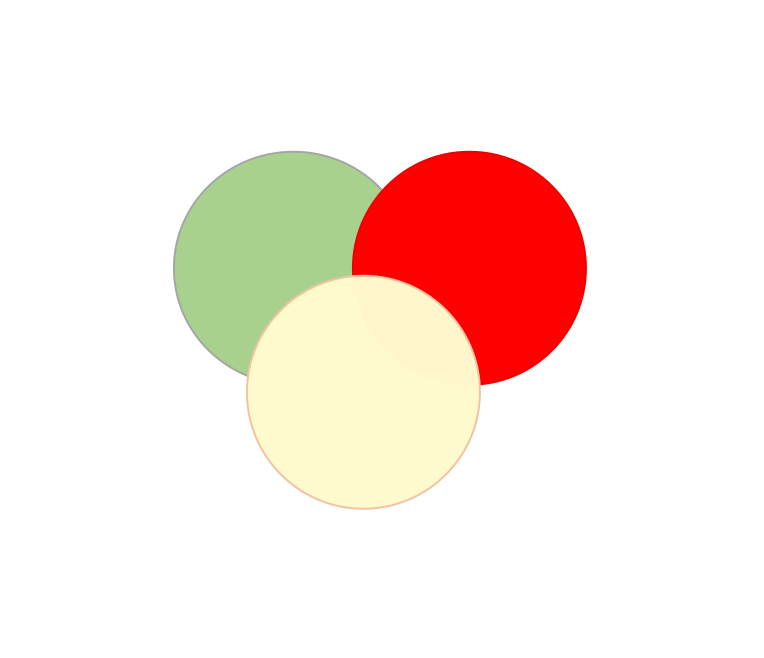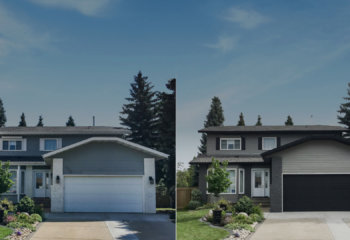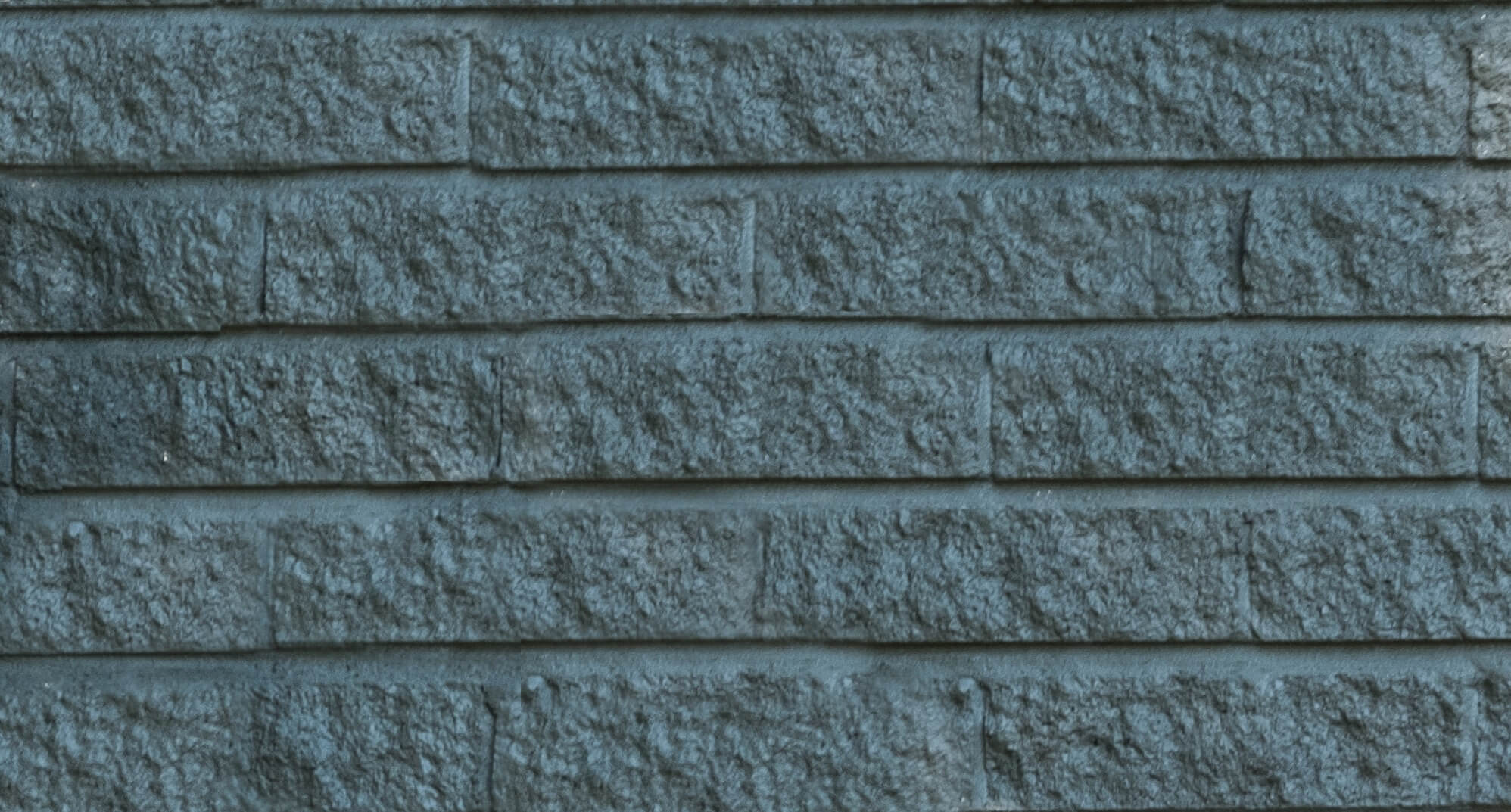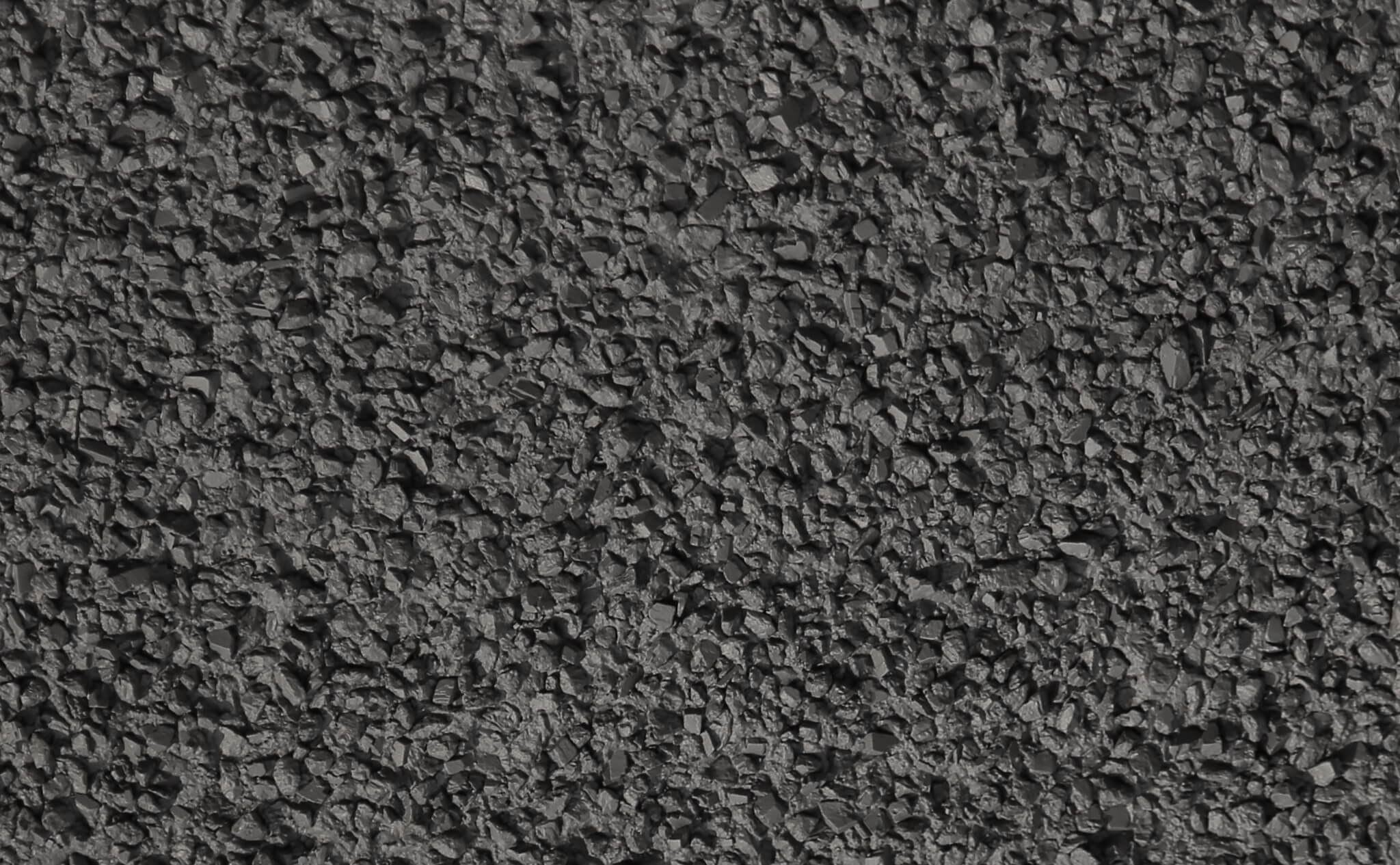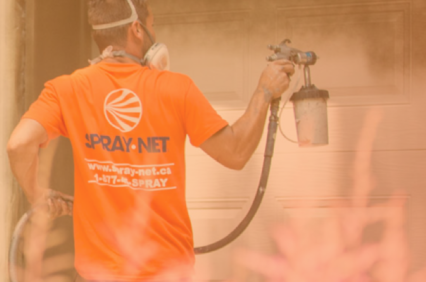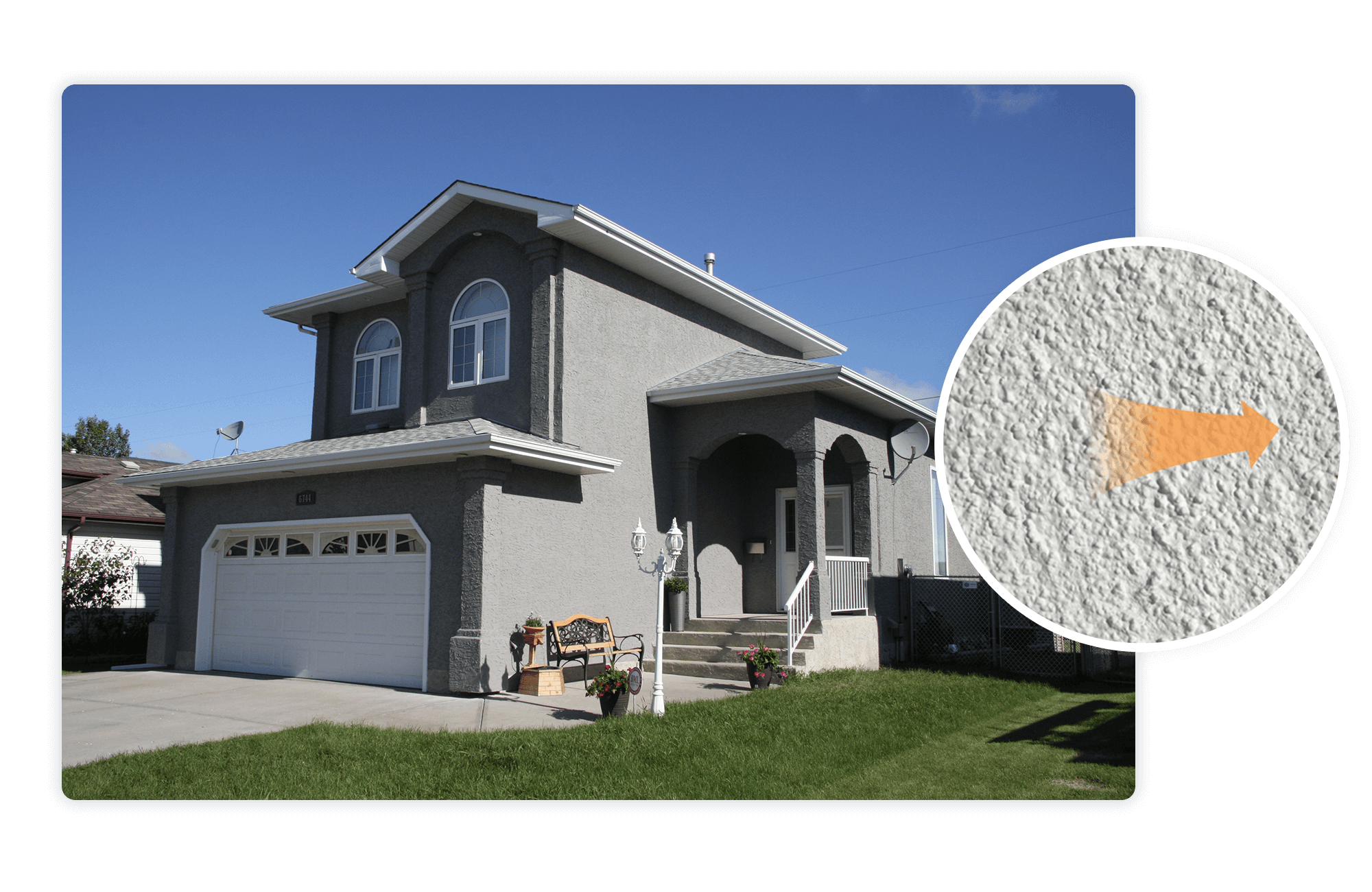You’ve decided to paint your home and you find yourself strolling through the hardware store with a pep in your step, as you’re ready to tackle this project like the DIY champ that you are. As you browse through the exterior paint aisle, you’re faced with choosing between acrylic paint, latex paint, and acrylic latex paint. Confusing right?
It’s time to head to google to ask spend hours researching the whole acrylic v latex paint debate to find out which is the better, more durable pick for painting the exterior of your home. All the exterior paint blogs and articles out there love to pit these two against each other, making it seem like you must choose a side. But when you peel back the layers of this debate, you’ll soon realize it’s not a debate at all.
In this blog post, we’ll debunk the whole acrylic v latex paint debate and set the record straight. We’ll explain what the two concepts mean and why comparing them doesn’t really make sense from a chemical standpoint. By the time you finish reading, you’ll be armed with the knowledge to return to the hardware store more confident than ever with your newfound understanding of paint chemistry. Who knows, you might even save another confused homeowner hours of time on google!
The Misuse of the terms Latex and Acrylic
What it comes down to is:
Latex paint is just another word used to describe a water-based paint. Don’t let the name confuse you, though- latex paint doesn’t contain any latex at all.
All paints, including water-based paints, contain resins (albeit different qualities and quantities). Resins give paint its final film properties, like hardness, flexibility and UV resistance; and different classes of resins result in different end properties.
Acrylic is a type of widely used resin. And acrylic-latex is simply a latex paint with acrylic resins in it.
The most common types of paint resins are:
- Acrylics
- Alkyds
- Epoxies
- Vinyl Resins
- Polyurethanes
If a paint contains a high concentration of quality resins, as opposed to paint fillers, the better that paint can realize its final film properties and performance. Starting to see why the comparison doesn’t make sense— a type of paint versus an ingredient in paint?
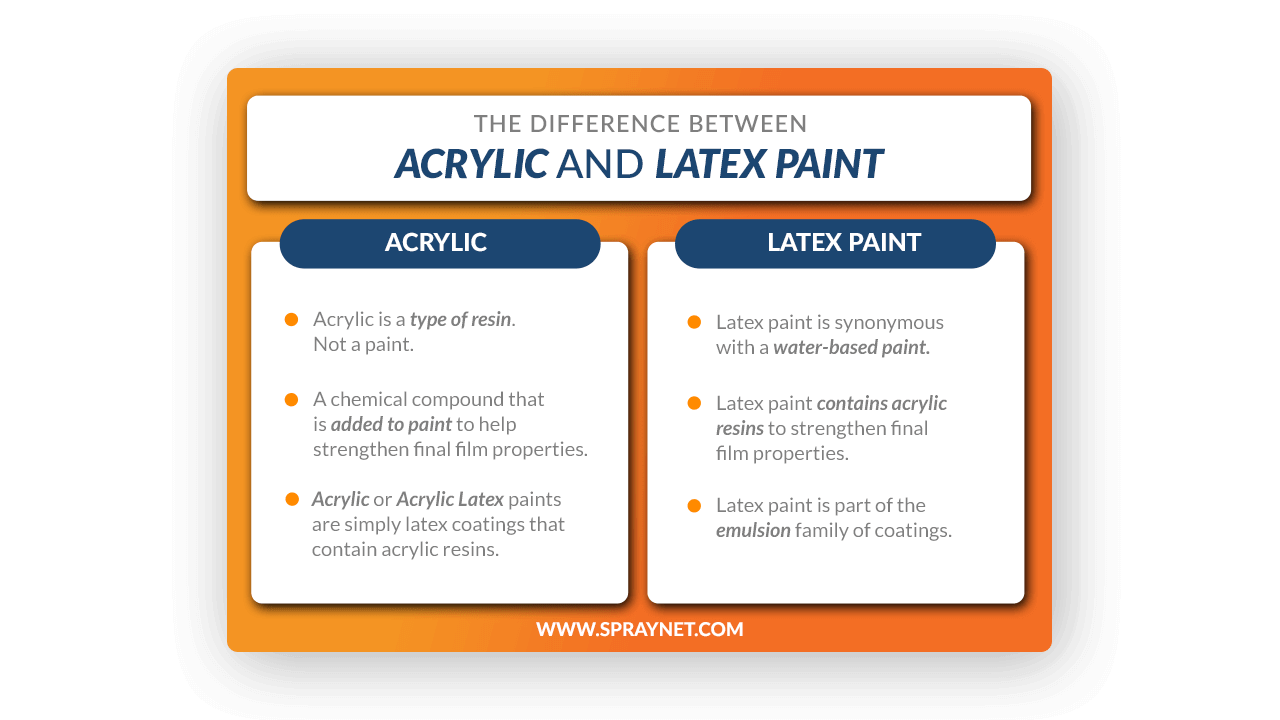
Emulsions and how latex paint is formulated
When it comes to making paint, let’s paint a picture—pun intended. Imagine you have two liquids that refuse to mix, like oil and water. Getting these two liquids to mix is kind of like getting cats and dogs to play nice. It’s hard. But with paint, that’s where surfactants come in.
Surfactants are chemical compounds that act as wetting agents to reduce the surface tension of a liquid. Put simply, it helps the liquid flow and coat the surface. When added to paint, surfactants swoop in and work their magic, making the “stuff” in paint (resins, pigments, binder) mix and play nice with the water base.
And this type of paint manufacturing is called an emulsion.
An emulsion formulation involves mixing acrylic resins and colorants using those trusty surfactants. They help everything blend smoothly and it’s through this process that we get latex paint.
Why are we talking about this? Because at the end of the day, latex paint is synonymous with an emulsion.
Latex paints, or emulsions, are the most popular off-the-shelf paint you can buy. Most manufacturers want to make paint quickly, in large quantities and at a low price point. Emulsions are the go-to-choice because they’re affordable and they’ll get the job done for the average homeowner: a paint that’s relatively easy to apply and that results in decent durability and performance.
The Drawback to Latex Paint
While latex emulsions might be cheaper to manufacture, they come with a major drawback. Surfactant leaching: when the surfactants in the paint break from the film and show up on the surface. Also known as bleeding, surfactant leaching looks like yellowish sticky streaks or discoloration on the surface.
And unfortunately, surfactant leaching happens in a lot of cases when conditions aren’t perfectly ideal during outdoor paint application.
Believe it or not, surfactant leaching is what drove us at Spray-Net to create our own exterior paints and coatings. Years ago when we first started out, we were using exterior latex paint for exterior projects, and guess what? At the end of the summer, we’d get calls for surfactant leaching… for more than half of our jobs. It was a major pain for our business, so we knew we had to move away from traditional latex formulations and formulate our own proprietary line of non-latex, surface-tailored exterior paints. Little did we do, this actually solved a lot more than just application problems.
If you’re after an exterior paint that lasts and gives your surfaces a brand-new, restored look without the hassle of yearly maintenance (an investment), steer clear of paints with surfactants. Trust us, they’re trouble. Surfactants act like soaps, making the paint film softer and this means you can’t achieve a fully hard, cross-linked finish.
What exactly is a cross-linked finish? Picture a chain with tightly intertwined links, locked together for extra strength. A cross-linked finish results in increased durability, resistance to peeling, and the ability to withstand washing with chemicals without damaging the paint film. And surfactants prevent this from materializing. Even if you see claims of “cross-linking technology” on a latex paint label, it’s often just a marketing gimmick. Surfactants ruin the party and stop full cross-linking from being a success.
So, here’s the bottom line: a latex paint is a good option for homeowners. It’ll get the job done if you’re looking for an affordable paint that’s easy to apply. But expect to have some maintenance down the line.
The real debate: emulsion versus dispersions.
We’re getting pretty technical here, but stay with us! Hopefully it’s starting to make a little more sense when we say that it defies all logic to pit latex (water-based) paint and acrylic resins against each other. On the flip side, if we really want to compare latex or emulsion paints with something, we can discuss dispersions.
A dispersion is another way of manufacturing paint. As opposed to emulsions or latex paints, they are more expensive and involve a longer manufacturing process. If you want to avoid surfactant leaching, a dispersion is the way to do it.
As opposed to relying on those soapy surfactants to mix the water and components of the paint together, a dispersion involves finely grinding the components together with a rotary paint mixing blade. While it’s still a water-based formulation, it does not contain any surfactants. Therefore, you can achieve a real cross-linked finish which means true washability and maximum hardness and adhesion.
So, here’s the scoop: our paints are water-based, but they’re not latex paints—they’re dispersion formulations. Since our business objective isn’t to formulate paint for mass production or for the average homeowner to purchase and apply themselves, we can formulate a line of professional, high-performance dispersion formulations. We don’t sell paint, we sell curb appeal, therefore our manufacturing process isn’t tied down to mass production and cost cutting.
Our exterior paints and coatings are also surface-tailored, which means we use a strategic blend of resins depending on the final film properties we want to achieve. For instance, when it comes to doors and windows, we use two-component crosslinking polyurethane resins to achieve maximum hardness. When it comes to vinyl siding, on the other hand, we use industrial grade self-crosslinking acrylic resins that promote more flexibility.
These unique high-end coatings allow us to essentially refinish your surface and in most cases, create a finish that’s even stronger than the original.
When we’re asked the question, “what makes Spray-Net different than other painters,” this is ultimately it: we don’t use exterior latex paint and we ensure to weather-adjust our coatings for maximum adhesion.
Invest in a dispersion formulation
At the end of the day, comparing latex paint with acrylic resins involves perpetuating a narrative that misuses interchangeable paint terminology. It just doesn’t make sense, so don’t let those Latex Paint, Acrylic Paint or Acrylic Latex Paint labels confuse you.
If you decide to paint your home yourself or hire a professional who uses off-the-shelf products, our advice would be to at least choose a surface-tailored coating (siding paint for siding, stucco paint for stucco, etc). While all commercially available paints are latex, at least investing in a surface-tailored coating means the blend of resins have been optimized for the substrate.
If your end goal is a long-lasting finish that looks brand-new, won’t peel, is washable and doesn’t require repainting and maintenance every few years, then it makes more sense to invest in a painting solution that uses water-based, surface-tailored dispersion formulations—like Spray-Net.
Subscribe to our blog & newsletter.
This is the advantage of subscribing to our blog.



